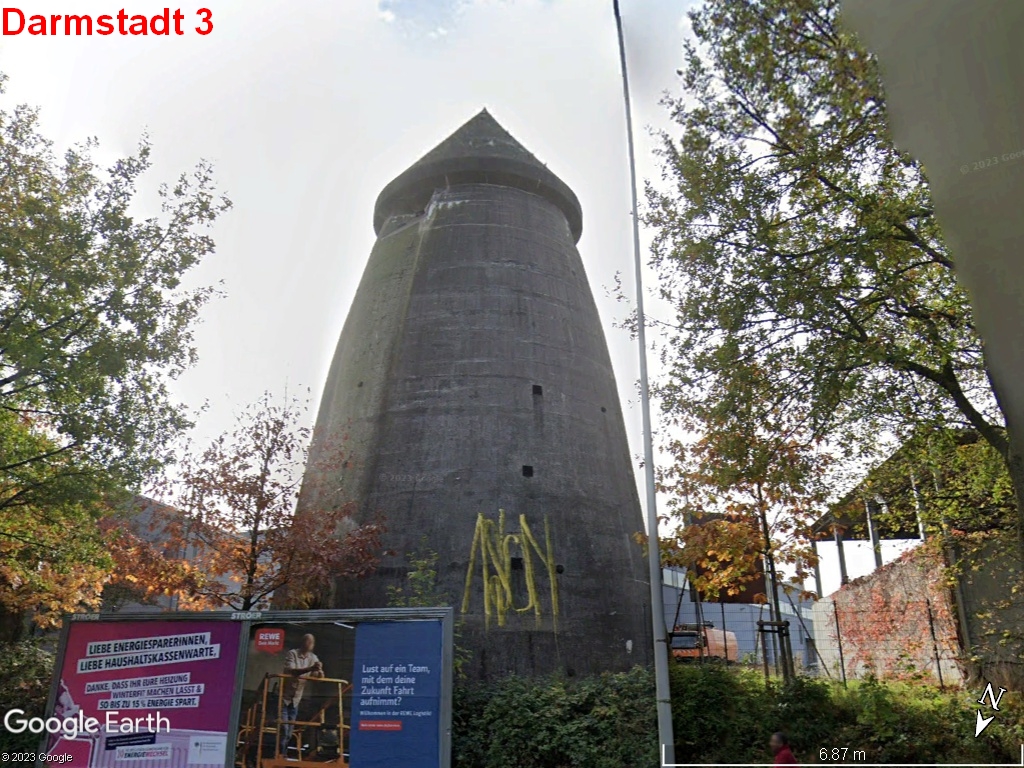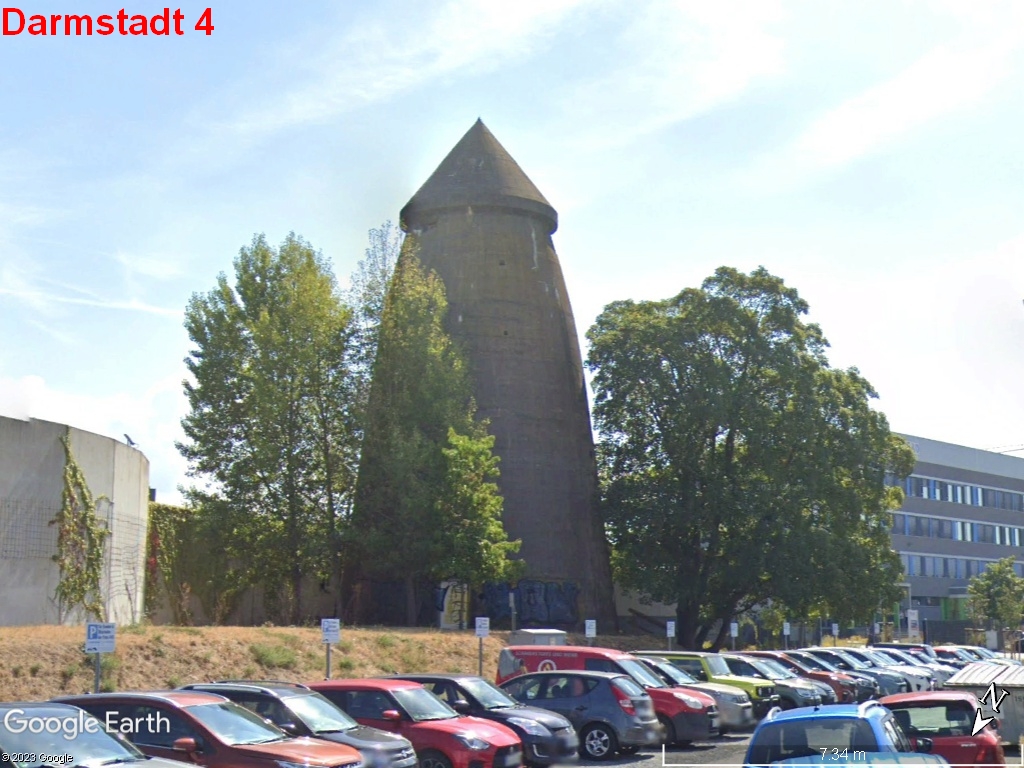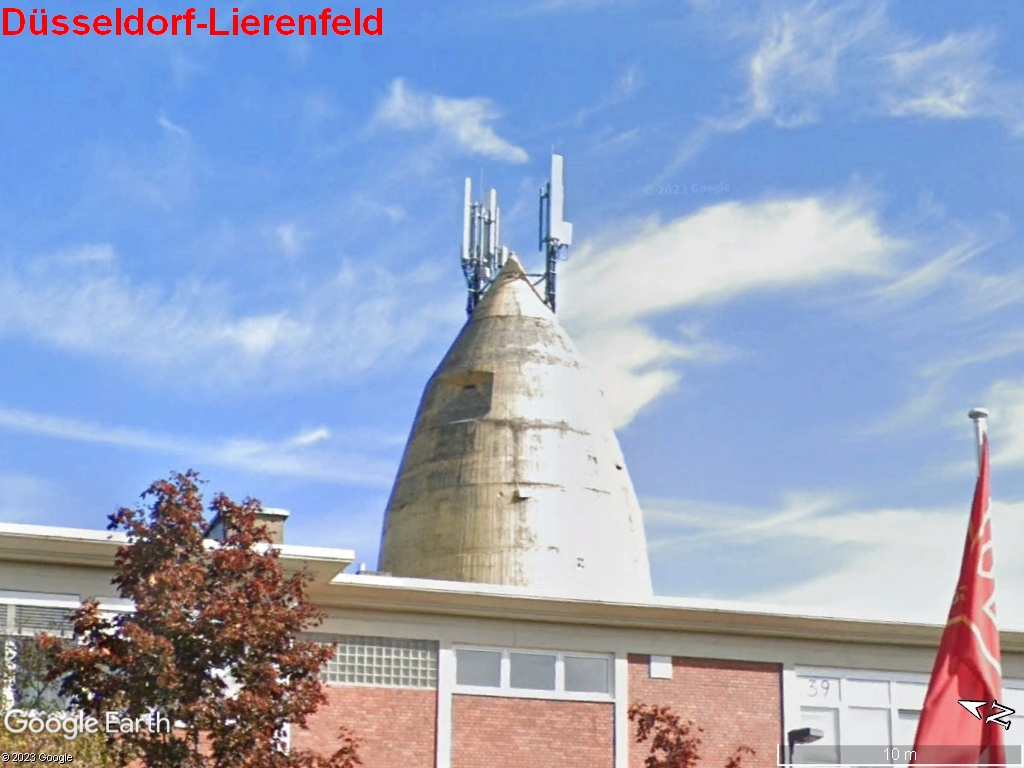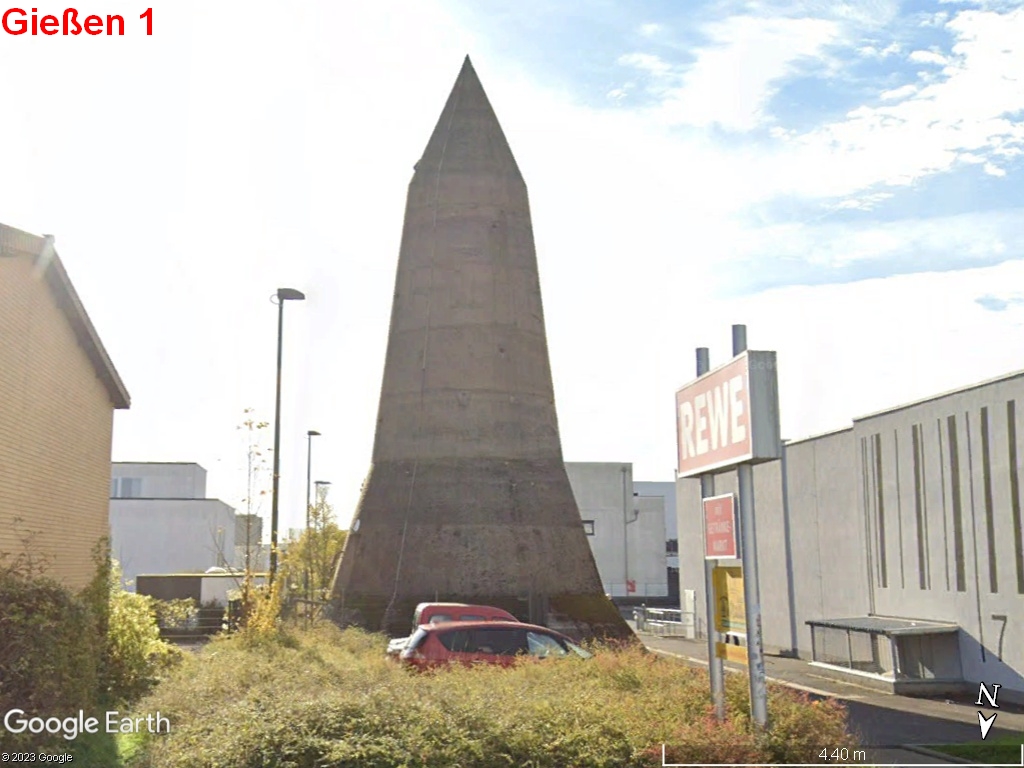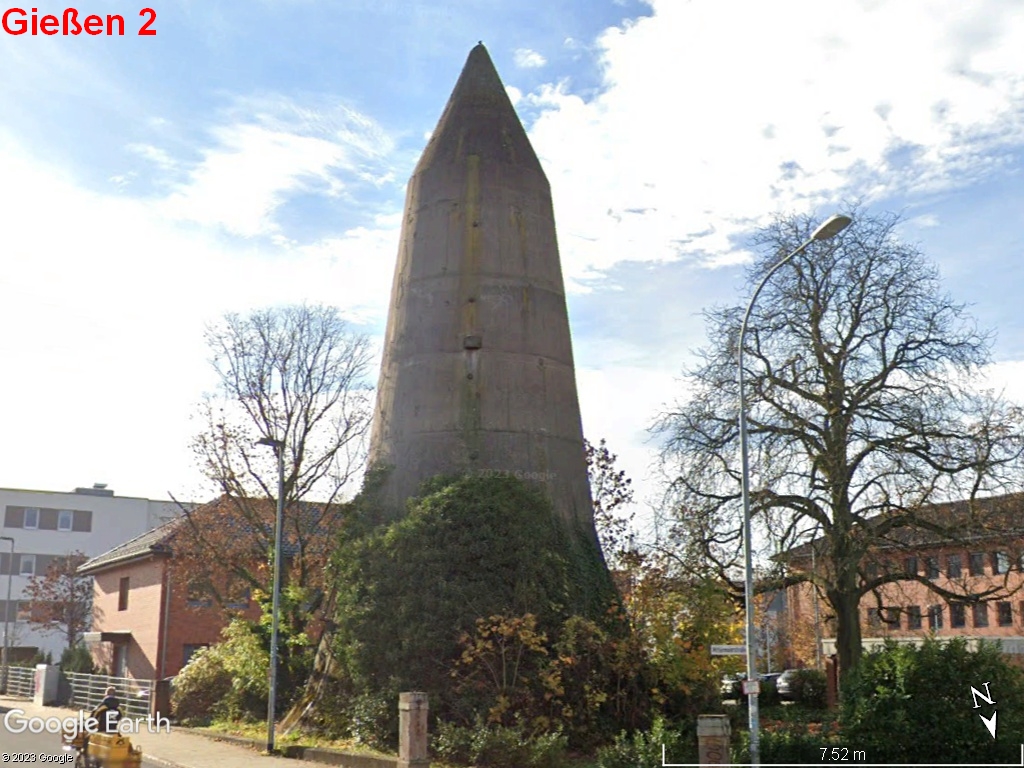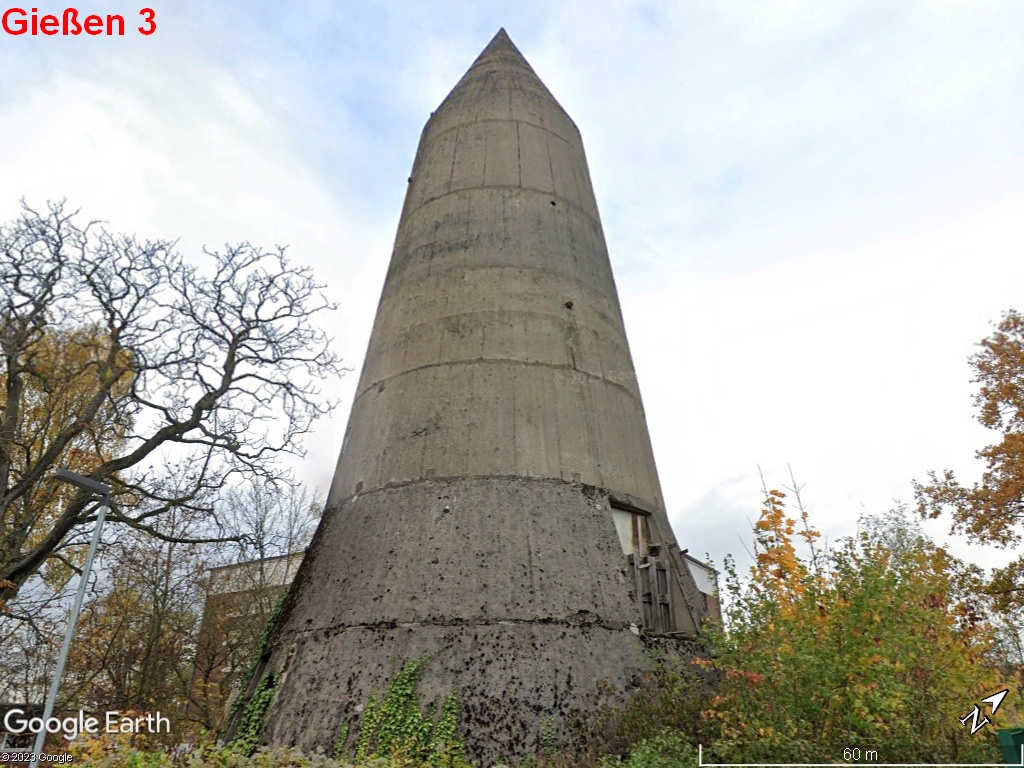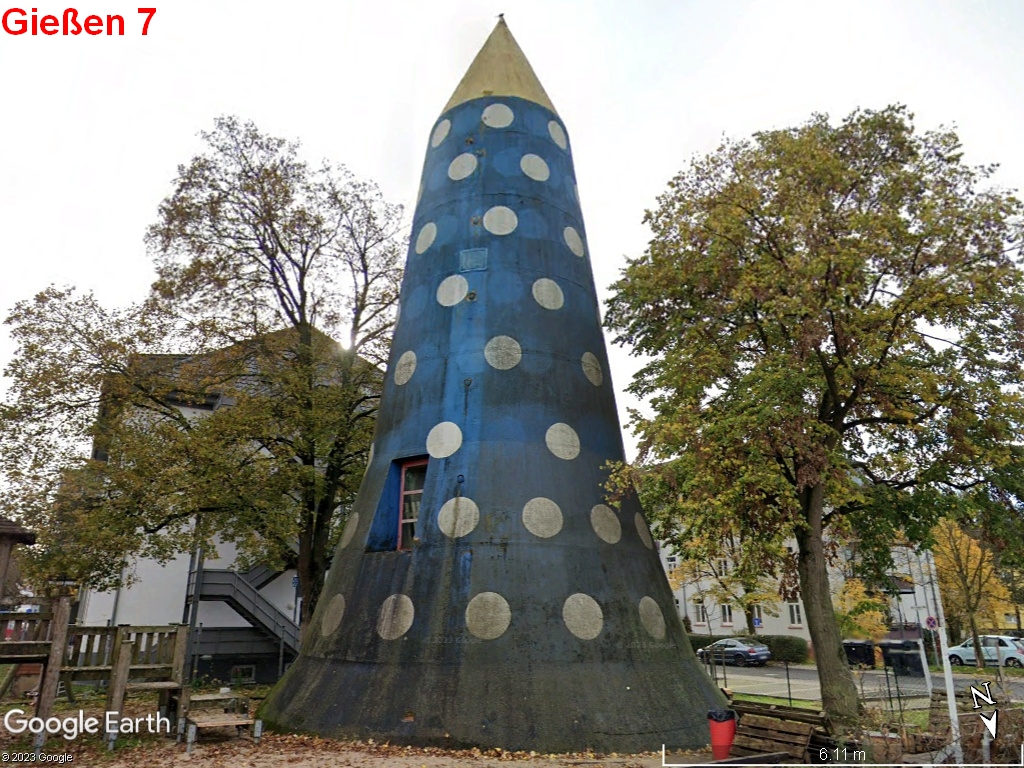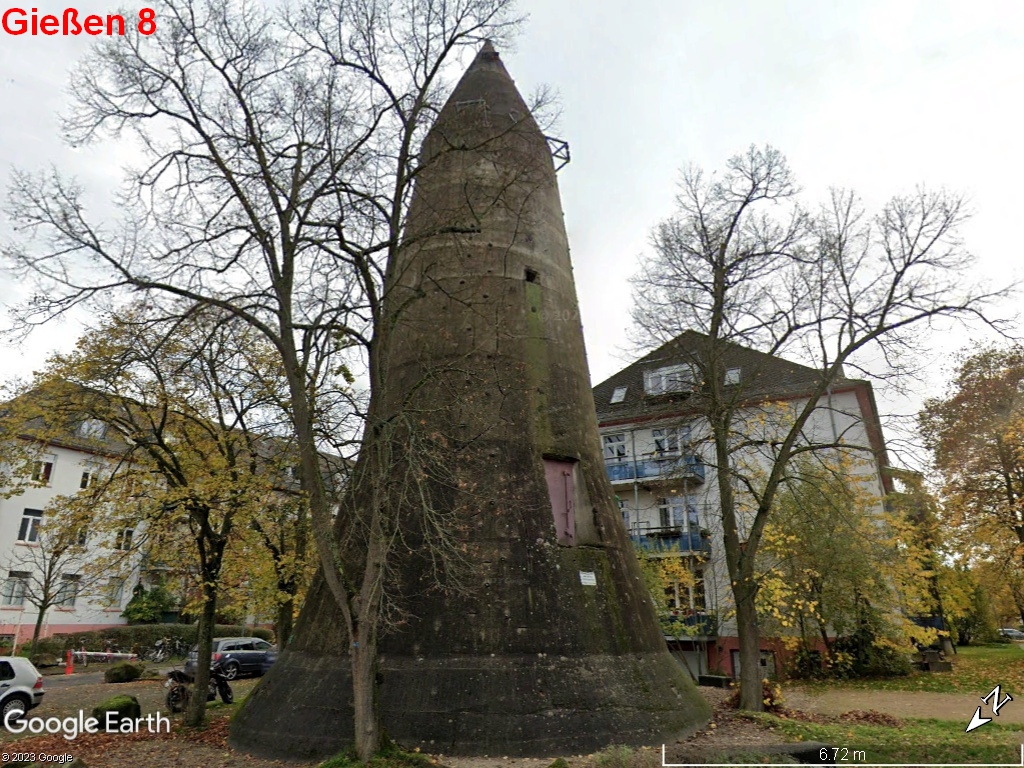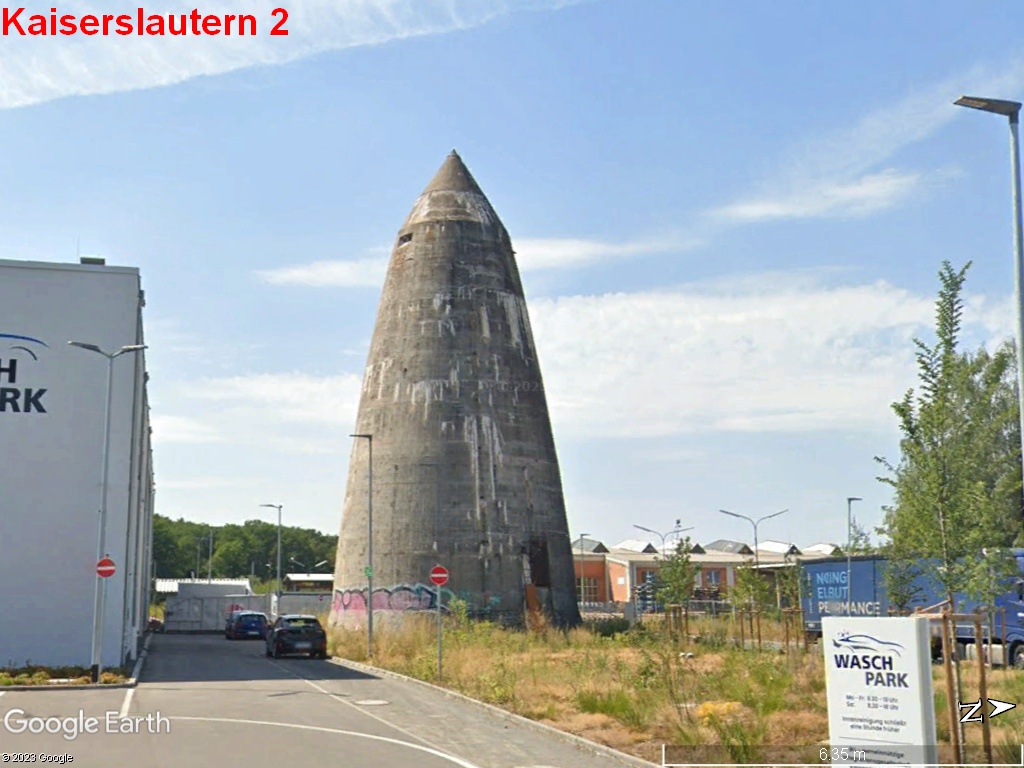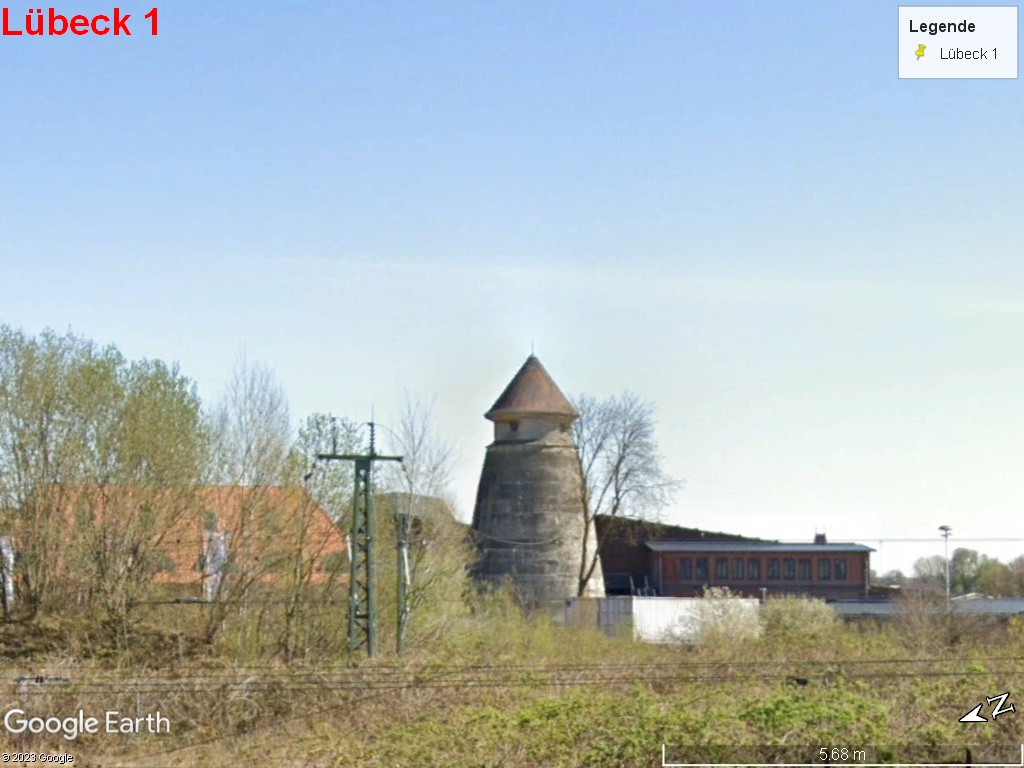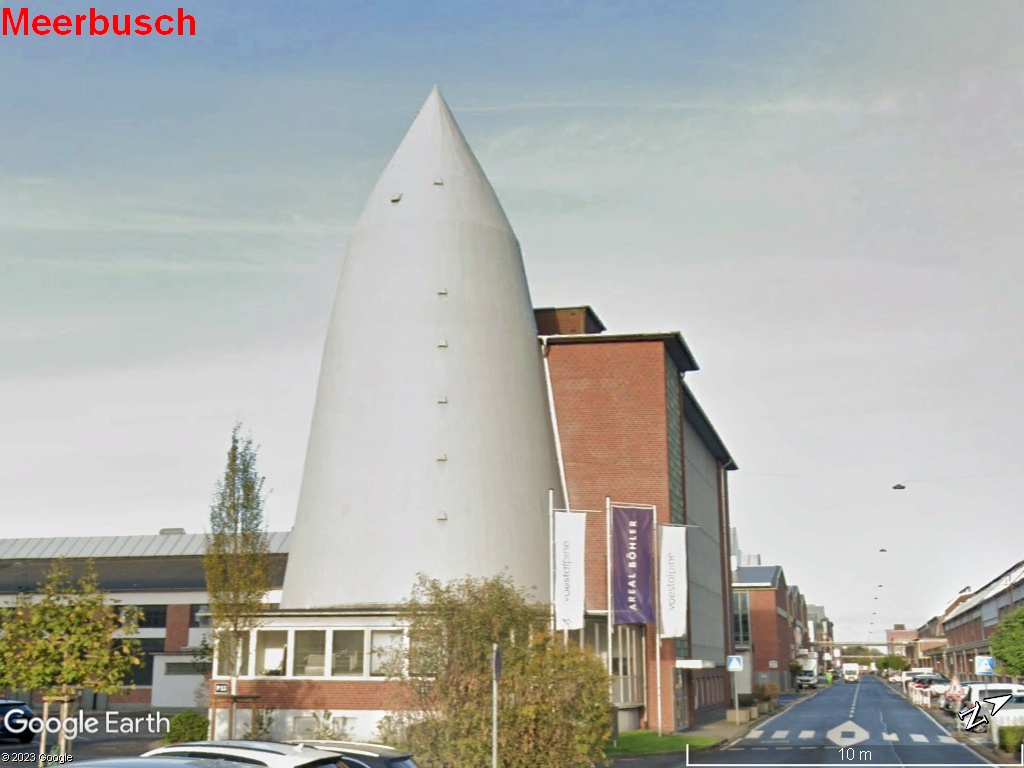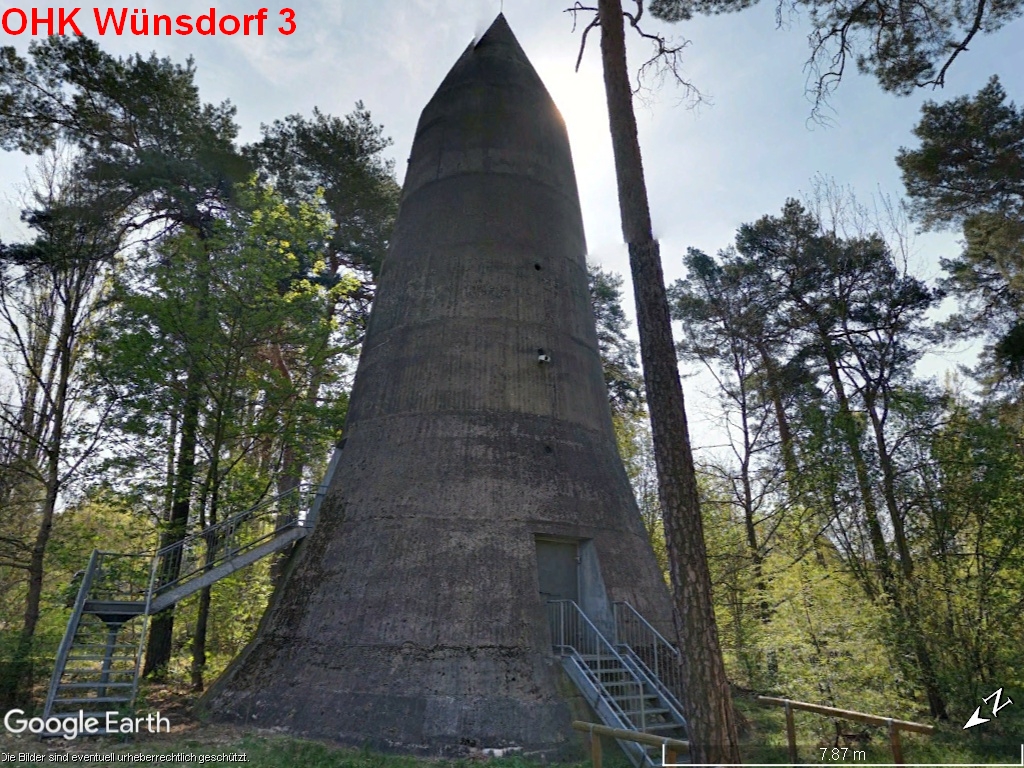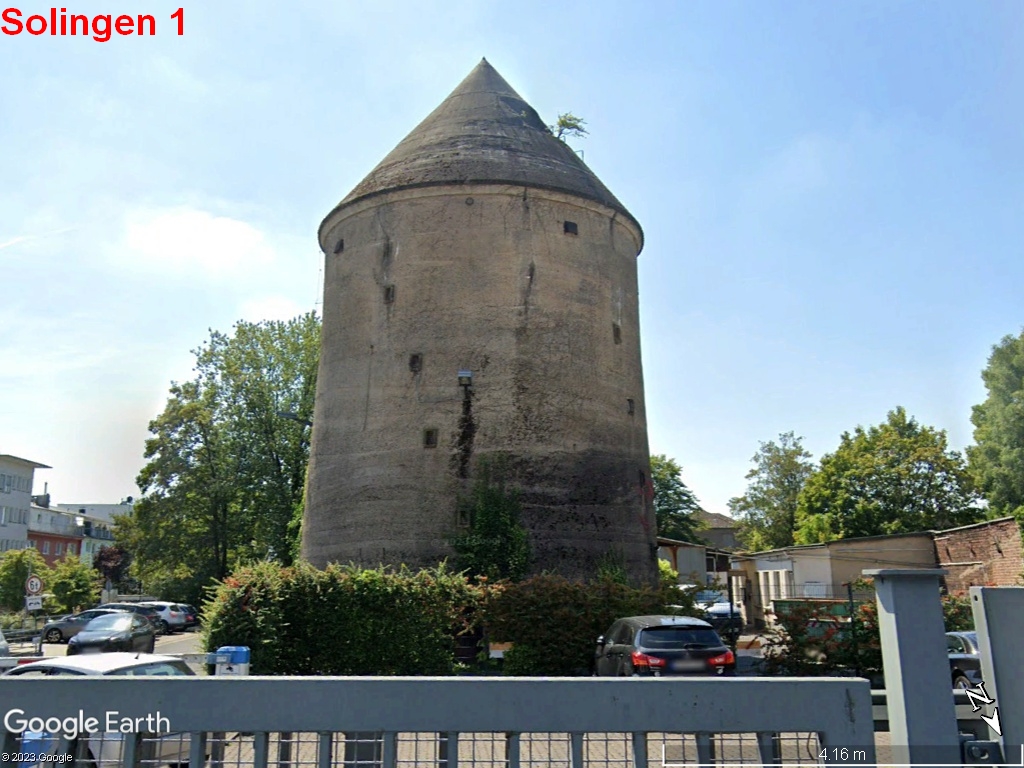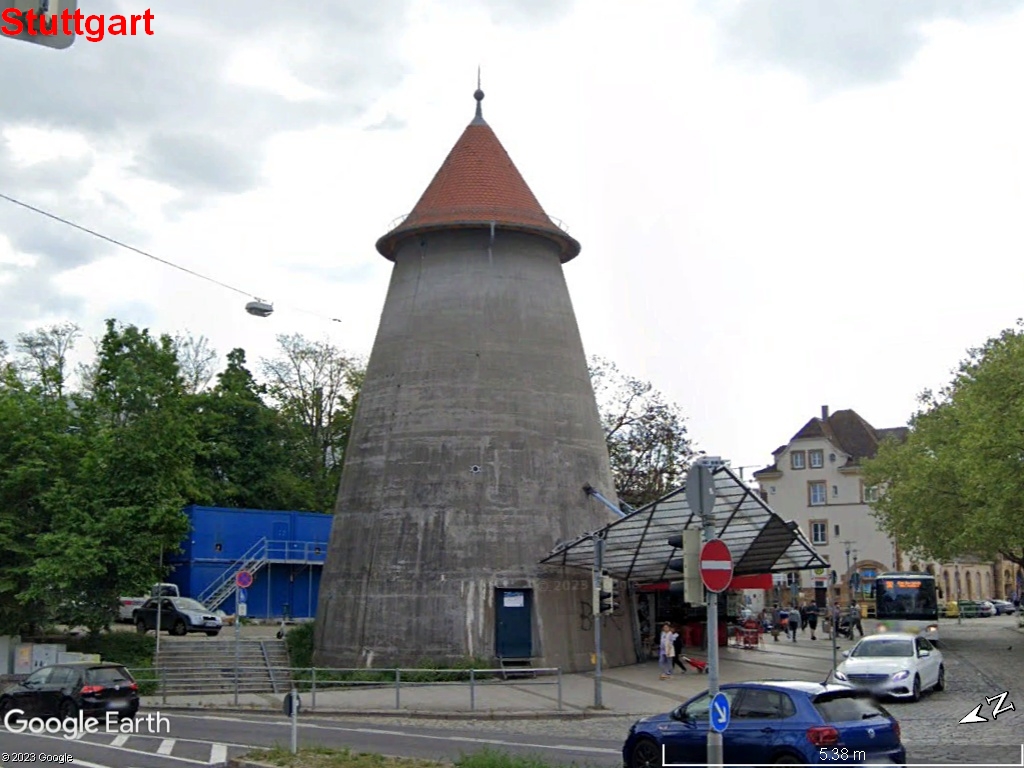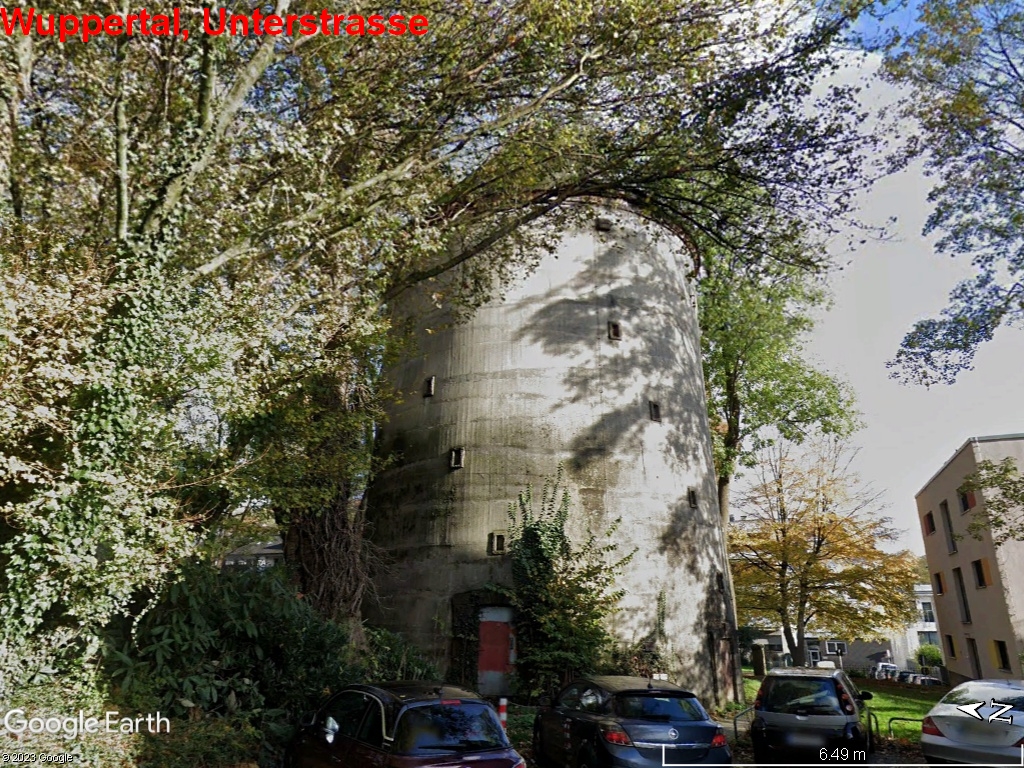Master Gamer
April 2018 - Nov 20, 2024 20:32:38 GMT
|
Post by willi1 on Sept 5, 2023 10:56:21 GMT
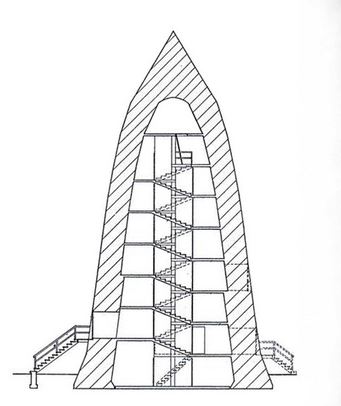 Some air-raid shelters of the Winkel type from the time of WW2 have been preserved in Germany. These pointed bunkers are also popularly known as concrete cigars or sugar loaf, in English Ant Hill Bunkers called. They were designed by the German designer Leo Winkel. They consist of steel-reinforced concrete with wall thicknesses of more than 1 m. The pointed, steeply sloping roof should offer a small target area for bombs and, if hit, ensure that the bomb slides off without exploding. Only one hit is known that destroyed a tower (on the "Focke-Wulf" site in Bremen-Hemelingen, October 12, 1944, American high-explosive bomb, 5 fatalities). The advantage of this type of bunker was: Absolute protection against explosive bombs, incendiary bombs and chemical warfare agents Low construction and maintenance costs Structural independence from the groundwater level as well as soil conditions Unproblematic construction method in the mining damage area little need for space Easy to find Good natural and artificial ventilation Fastest possible occupancy Around 200 such bunkers were built. They were mainly intended for factory air protection, less for the civilian population. There were 5 different types in different variants and a maximum occupancy of 167 to 500 people. The version with a height of 20 m and a base diameter of 10 m was the most frequently built. There were other such bunkers in Austria (all removed), Bosnia Herzegovina and Sweden. Many of these bunkers can be seen in Street View. Some information in the placemarks |
|
Explorer
April 2015 - Nov 20, 2024 16:23:54 GMT
|
Post by larryc1 on Sept 5, 2023 20:03:05 GMT
I wish I had thought of this topic!
|
|


 Some air-raid shelters of the Winkel type from the time of WW2 have been preserved in Germany.
Some air-raid shelters of the Winkel type from the time of WW2 have been preserved in Germany.
